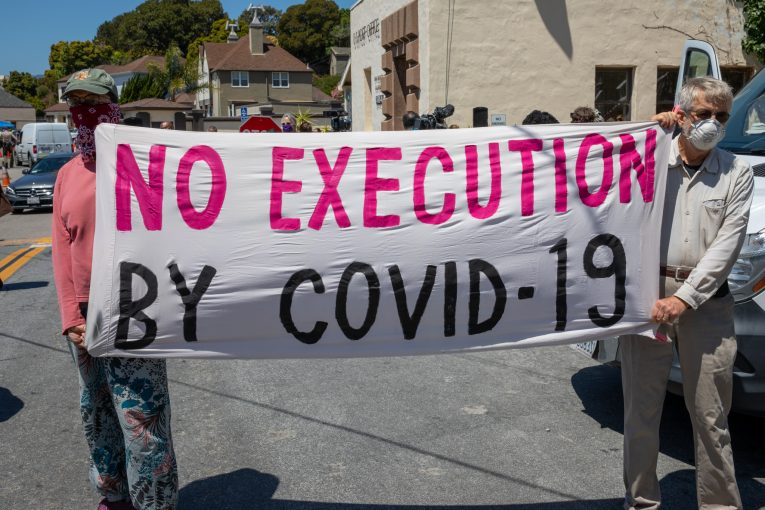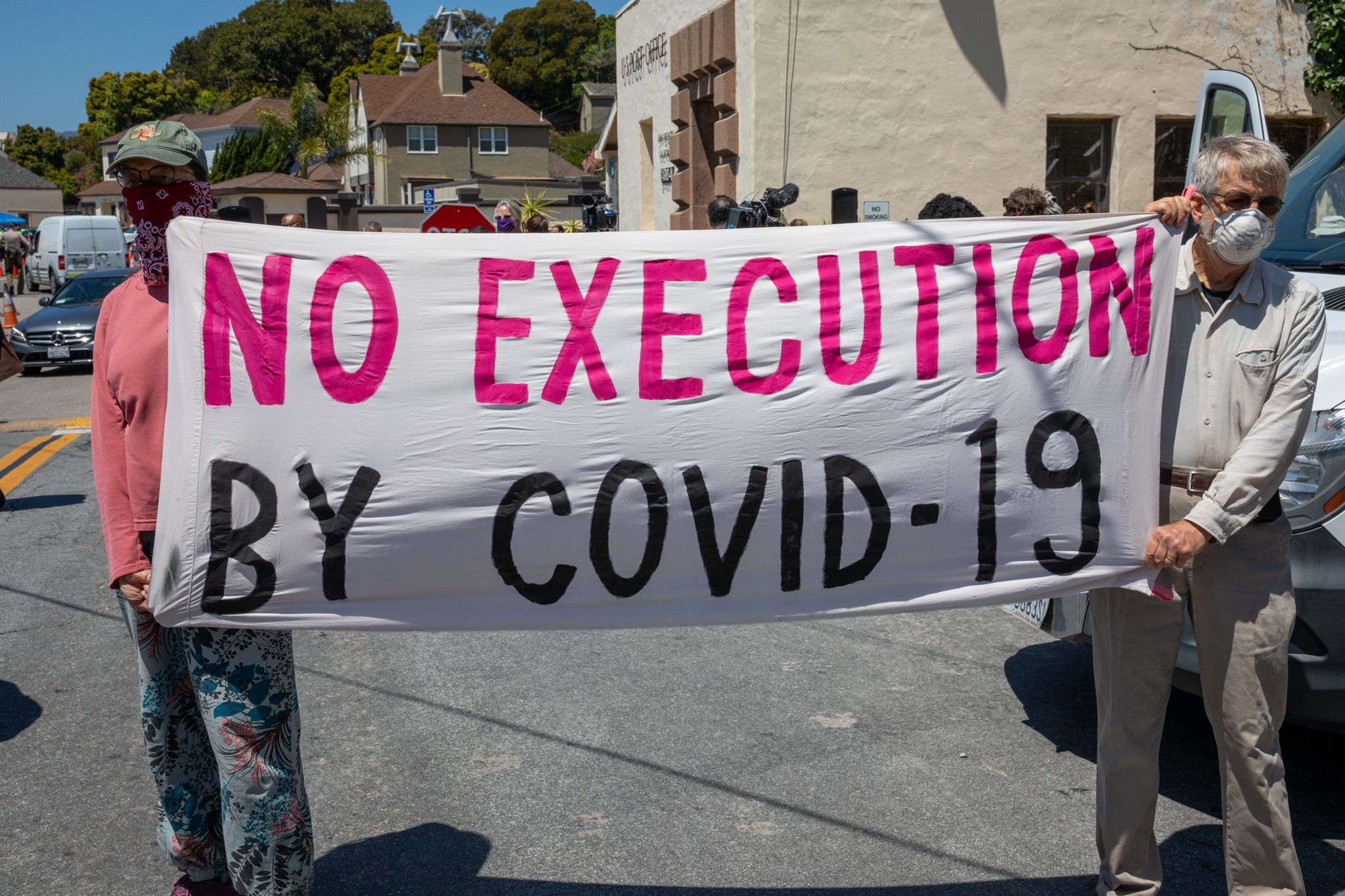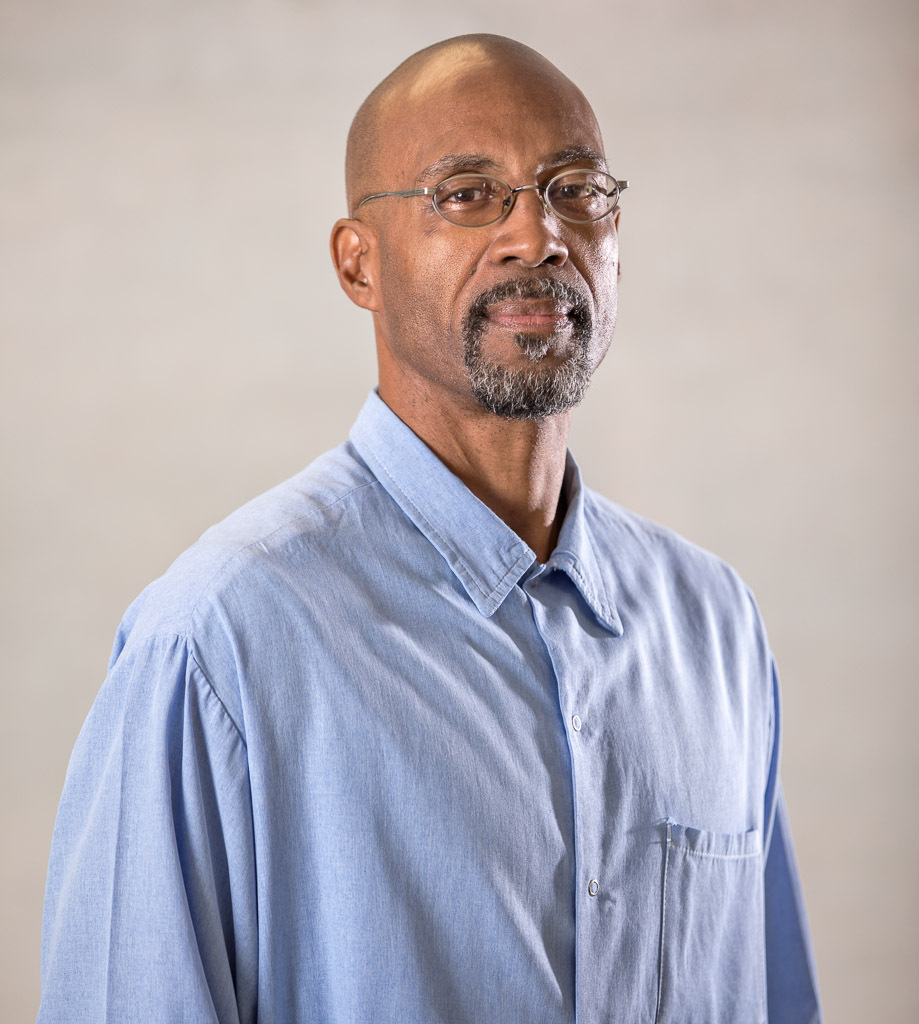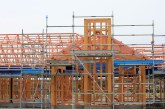

By Kevin D. Sawyer
It was at the height of the COVID-19 outbreak at San Quentin State Prison when I overheard an inmate call out to a correctional officer who worked the tier. “Hey, CO,” he said. The officer returned and looked through the bars of the cell door with his mask on. “What’s the morale like among officers?” he asked. The officer looked up at the top bunk in the cell for a brief moment before giving his one-word response.
“Shitty,” is all he said. Then he disappeared down the tier. He had a lot of work to do before his shift ended, including putting up with shit from angry prisoners.
It was one moment that added up in a span of several months in which nothing was ordinary for those who lived and worked inside the prison. One day it appeared that a doctor had the keys to unlock an inmate’s cell as he walked covered in personal protective equipment. It was unusual because only custody officers have access to cell keys, for security reasons. Had it come to that?
No. Upon closer observation, when the “doctor” passed by a second time, viewed up and down, beyond his face mask, face shield, gloves and smock; beneath it all, he wore black jackboots and an official green California Department of Corrections and Rehabilitation uniform. It was the first time since the “modified program” started that an officer was seen cloaked in PPE.
State officials are now fabricating favorable narratives about the management of the COVID-19 outbreak at San Quentin. But it is not one that inmates and correctional officers have been living. It’s resulted in a unique relationship between two groups of people whose lives are intertwined by the carceral system. It’d be stretching it to call it any kind of growing solidarity. Both have suffered, both are victims of the state. But like water and oil, you can place the two in the same container, shake it up and subject it to abuse — which gives it the appearance of one liquid — but the two never mix.
San Quentin has been on a “modified” program” since mid-March, and the housing block where I live, West Block, has been on at least five medical quarantines. With more than 2,300 confirmed inmate infections and 28 deaths; and over 260 staff infections and one death, no one from the warden’s office up to the governor’s office has declared a state of emergency at the prison. With lack of  political oversight, it’s left everyone living and working inside the prison stressed, exhausted and confused.
political oversight, it’s left everyone living and working inside the prison stressed, exhausted and confused.
The last Daily Program Status Report posted for inmates to read in November stated the prison was still on a “modified program.” The report lists four program options: normal, modified, lockdown, and state of emergency.
A correctional officer was asked about the program status. “I don’t know what we’re on,” she said in a wearisome voice. Her response turned attention to the frontline officers. No one asked: What were they going through? Because rank and file officers are probably not supposed to make public statements about prison operations, furtive questions about morale were asked. What’s it like?
“We’re just trying to maintain,” a young energetic officer said. One veteran officer said morale among many of his coworkers was “terrible.” “If I had 20 years in, I’d quit,” another officer said. Golden handcuffs have them stuck in a dangerous situation.
“How are you holding up?” another officer was asked. “He dropped his head, chin-in-chest for emphasis, looked up and said, “Everyone’s tired. I’m beat. Everyone’s struggling.” Then he said there were only three officers working inside the unit, which houses more than 800 prisoners.
Prison politics produce an us-against-them attitude between officers and inmates. Simply put, it’s cops and robbers. No surprise there. Both sides distorted beliefs and twisted “rules,” that serve no advancement of humanity, dictate they’re not supposed to care about what happens to each other. It’s a natural love-hate relationship.
So the line officers caught hell from the inmates because there was no one else present to blame for what was happening to everyone. But they also received a dose of indifference from the CDCR’s reprehensible blunder that infected so many of them and killed one of its own with COVID-19: Sgt. Gilbert Polanco, 55. He was a U.S. Army veteran who worked 29 years with the CDCR.
Sickness and death created a shortage of workers. In fact, there were so few available staff and inmates to work that there was no one left to cook hot meals. Prisoners were fed box lunches of peanut butter and jelly, or bologna, bread, crackers, cookies and milk. All three meals were the same, with few if any vegetables or fruit.
In the absence of inmate labor, sergeants and lieutenants had to work the tiers passing out food, sweeping and picking up trash in the building. That’s typically a line officer’s duty during a lockdown. But because there were no available officers to work, their supervisors had to take over. One sergeant was asked about the plan in days to come. “I’m just trying to make it through today,” he said.
Before another day ended, an alarm sounded in the housing unit after inmates were heard shouting their common distress signal for one of their own: “Man down, second tier, yard side.” The coordinates altered the officers to where the emergency was in the building. The widespread use of the “man down” cry transcends color, race and gang affiliation. More often than not, prisoners will disregard their petty politics and look out for each other. That has not changed over the decades, so there’s still some “honor among thieves.”
While prisoners have by and large looked out for one another, it’s troubling to witness how the CDCR practically abandoned its own. Like or dislike a correctional officer, they deserve better treatment from their brass and top management. Some have expressed their discontent with the governor on down but wisely make off-the-record comments.
But for nine months of the COVID-19 outbreak, prisoners and correctional officers have been on our own. It’s time someone comes forward, takes charge and gives the public, prison staff and prisoners answers to what now has become this prison and this generation’s Attica.
It’s what leaders do when “All Lives Matter;” unless a more ominous game is in play. One that has a Final Solution for it’s “undesirables.” But of course that would end the love-hate relationship between the cops and robbers.

Kevin D. Sawyer is the associate editor for San Quentin News and a member of the Society of the Professional Journalists (SPJ) whose work has appeared in the Guardian, San Francisco Chronicle and numerous other publications.
To sign up for our new newsletter – Everyday Injustice – https://tinyurl.com/yyultcf9
Support our work – to become a sustaining at $5 – $10- $25 per month hit the link:




